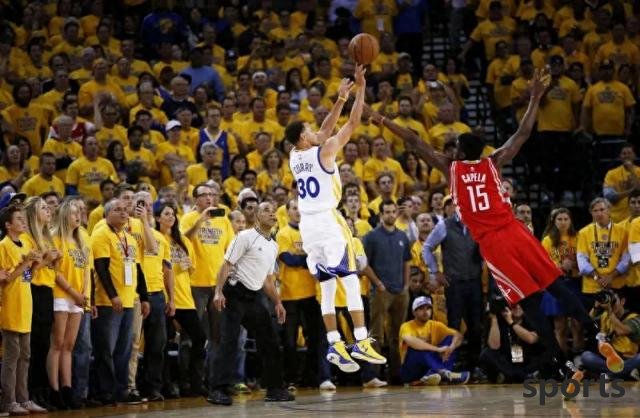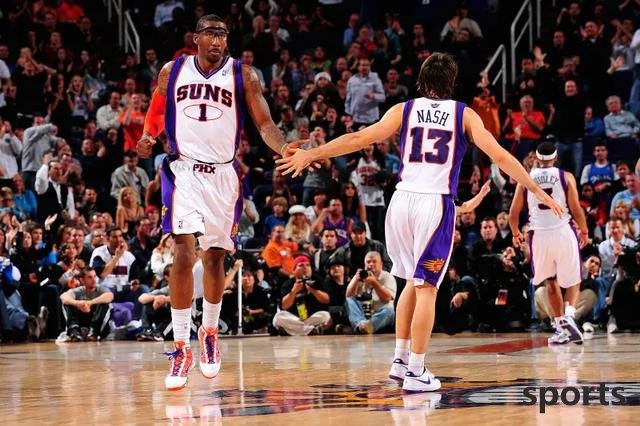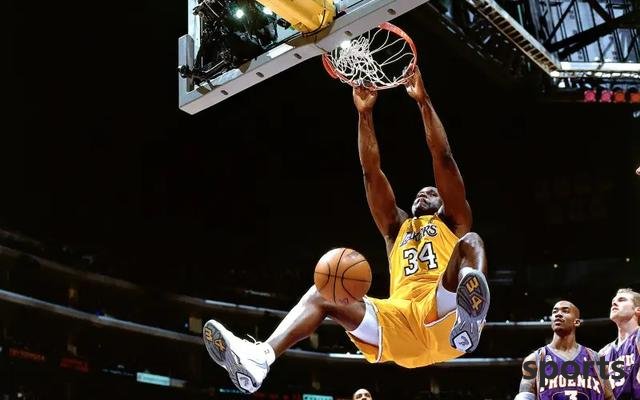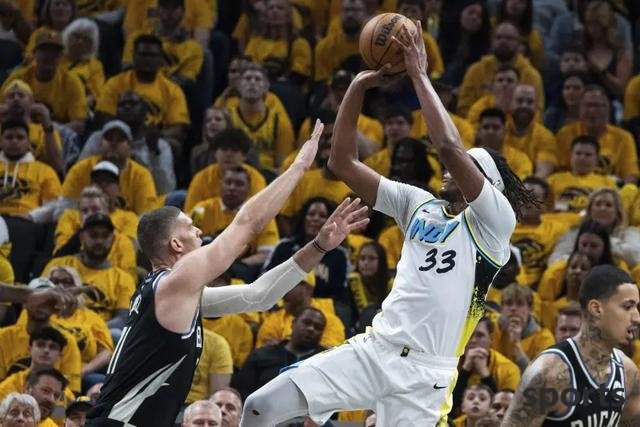From 7-second offense to three-point wave! D Antoni reveals the NBA changes behind Curry s rise
7:01pm, 5 June 2025Basketball

Recently, The Ringer basketball analyst and former vice president of strategic research for the San Antonio Spurs, Kirk Goldsberry, and two-time NBA coach of the year, Mike D’Antoni participated in the podcast "One Pition", talking about the changes in the NBA offense from the 2000s to the present and the impact of Stephen Curry on basketball.
Chakrabati: In 2004, Brian Colangelo served as the Suns' general manager, and sitting next to him was All-Star point guard Steve Nash, a veteran known for his organizational skills and efficient shooting. After a poor performance in the penultimate West in the previous season, the Suns need change.

Suns head coach Mike D'Antoni relied on this new core to reshape the offensive system. With Nash, the Suns accelerated their offense, emphasizing speed rather than size, and jumped from less than 15 per game to 24.7 leading the league. Led by MVP Steve Nash and coach of the year Mike D'Anthony, the Suns achieved a league-best record of 62 wins. This offensive system was later called "Seven Seconds or Less", becoming the cornerstone of today's modern NBA offense.
Former Suns player Amare Stoudemire has talked about the impact of the system:
Stomire: "I think the key is our position-free style of play. Sean (Marion) is a natural small forward, but he plays power forward, sometimes defensive center; I am a power forward, and maybe small forward, depending on my agility and speed, but I switch back and forth between power forward and center. We went beyond traditional basketball by blurring the boundaries of position and showed versatility in the game."
Stephen Curry and the Golden State Warriors have further promoted the three-point trend since then, and D'Antoni later joined the Houston Rockets, combining with general manager Daryl Morey's data-driven combination, gave birth to the Moreyball theory. But we'll talk about this later, because Mike D'Anthony is also on the show today.
He is the two-time NBA coach of the year and was selected as the "50 Contributor of the Europa League" for his career in Italy in 2008. He also connected us today from KUT radio in Austin. Coach D'Anthony, welcome to On Point.
D'Anthony: Thank you, Megna, thank you for the invitation.
Chakrabati: Please take us back to the early 2000s. What made you think the offensive system needs to be completely reshaped?
D'Antoni: This starts with when I coached in Europe in my early years. When I coached in Europe, I thought that this was the best way to play and it worked. Later I came to the NBA, where better players realized my philosophy. But a key driver was Shaquille O'Neal, who was the center of the Los Angeles Lakers at the time, and we were in the same division. You can't beat Shaquille with the 'Shaquille style'. You can't expect to send a player to fight O'Neal, you must find other ways to defeat him. So we decided to speed up the game, shoot more three points, and open up space, which gave us a chance to win.

Chakrabati: It's so interesting, I never thought O'Neal had such a profound impact on other teams' style of play.
D'Anthony: That's right, he is actually the "initiator" of the three-point shooting craze.
Chakrabati: (laughs) So we finally have the "culprit".
D'Antoni: That's exactly what it is.
Chakrabati: Can you talk about how your experience as a player has influenced your philosophy on speeding offense?
D'Anthony: In short, when I was playing point guard at Marshall, I had a 6-foot-5 center and a 6-foot-10-inch shooting forward. Our positioning was very flexible, and we exceeded our goals that season, and this experience was unforgettable for me. Later, I played under other coaches, and the style was more traditional, but I always thought that if I could open up space and flexibly stand, the game would be better. As players improve their abilities, they are driving the development of basketball dynamics, because it is the smartest way to play now.
Chakrabati: Kirk Goldbery, what do you think of the "O'Neal Effect"?
Godbery: O'Neal is a microcosm of basketball. Before the three-point line was introduced, the game was dominated by inside players—whether George Miken, Wilt Chamberlain, Bill Russell, or O'Neal in the early 2000s. Frankly speaking, O'Neal is one of the most dominant representatives. O'Neal was the absolute overlord of the NBA when Mike tried to compete in the Western Conference in the early 2000s.
In the early 2000s, "a jumper can win the championship" was a fantasy, you can't expect to defeat an inside player like O'Neal by just jumper. Therefore, the focus of the NBA's game is in the penalty area. In the 1920s, the focus of the game turned to the outside line - the offensive system designed by Mike (D'Anthony) and the Pacers are typical examples: open up the space and use shooters to surround the penalty area. The Pacers' center is not O'Neal, but Miles Turner from the University of Texas, and his three-point shooting percentage is very high. If they told the NBA coaches in 2001 or 2002 that their center could shoot 40% of the 3-point shooting from 25 feet out, they would say “It’s crazy.”

Chakrabati: Coach D'Antoni, I mentioned the "seven-second offensive" system. Can you explain it in detail? Does it mean that once the ball is in possession, the attack must be completed within seven seconds?
D'Antoni: Ideally. The standard for measuring an innovator is to see whether he can influence the bottom of the pyramid rather than the top - Curry obviously did this, and also challenged the highest level of professional basketball. What makes him special is that he has truly changed the way of playing basketball at all levels around the world.
He redefined "bad shots": he dribbled directly out at 30 feet after halftime, and 20 years ago, no matter how many college coaches would put players on the bench (some coaches still do this). But now, both the 19-year-old NCAA star and the WNBA's Sabrina Ionescu and Caitlin Clark are following this style of play. Curry helps us re-understand what a "good shot" should look like, which is profound.
Chakrabati: Coach, what are your additions?
D'Anthony: Curry and Steve Cole proved that "shot a lot of three points can win". Previously, people always questioned that "the championship cannot be won by shooting", but they broke the doubts with their results. This completely opened the trend gate, and other coaches followed suit - all of which came from Curry's unparalleled projection ability.
Related Posts
- The strongest second in command! Happy 60th birthday to NBA75 superstar Pippen!
- NBA Finals Odds: The Thunder is one-sided, and SGA is comparable to James?
- No one wants it! The man who looks the most like James and Kobe, are you going to say goodbye to the NBA?
- Degnot: Take off the hat to the Pacers. This game is what they strive for.
- 19+7 The fierce generals join to detonate Houston! The Rockets 18-man roster is released, Uduka holds the ultimate puzzle in his hand
- Collectively playing badly? A list of eight teams may be playing badly in the offseason, with the Grizzlies and the Bucks among them
- US media commented on Yang Hansen s debut, excellent in passing and framing protection, with one shortcoming and two points that need to be improved
- It will not represent the Bucks subordinate teams, and the situation of the former Clippers wing general is still variable?
- A crushing defeat in the tiebreak, 3-4 out, the Nuggets players scores were released after the game, the three perform abnormally, and it is time to reflect on it
